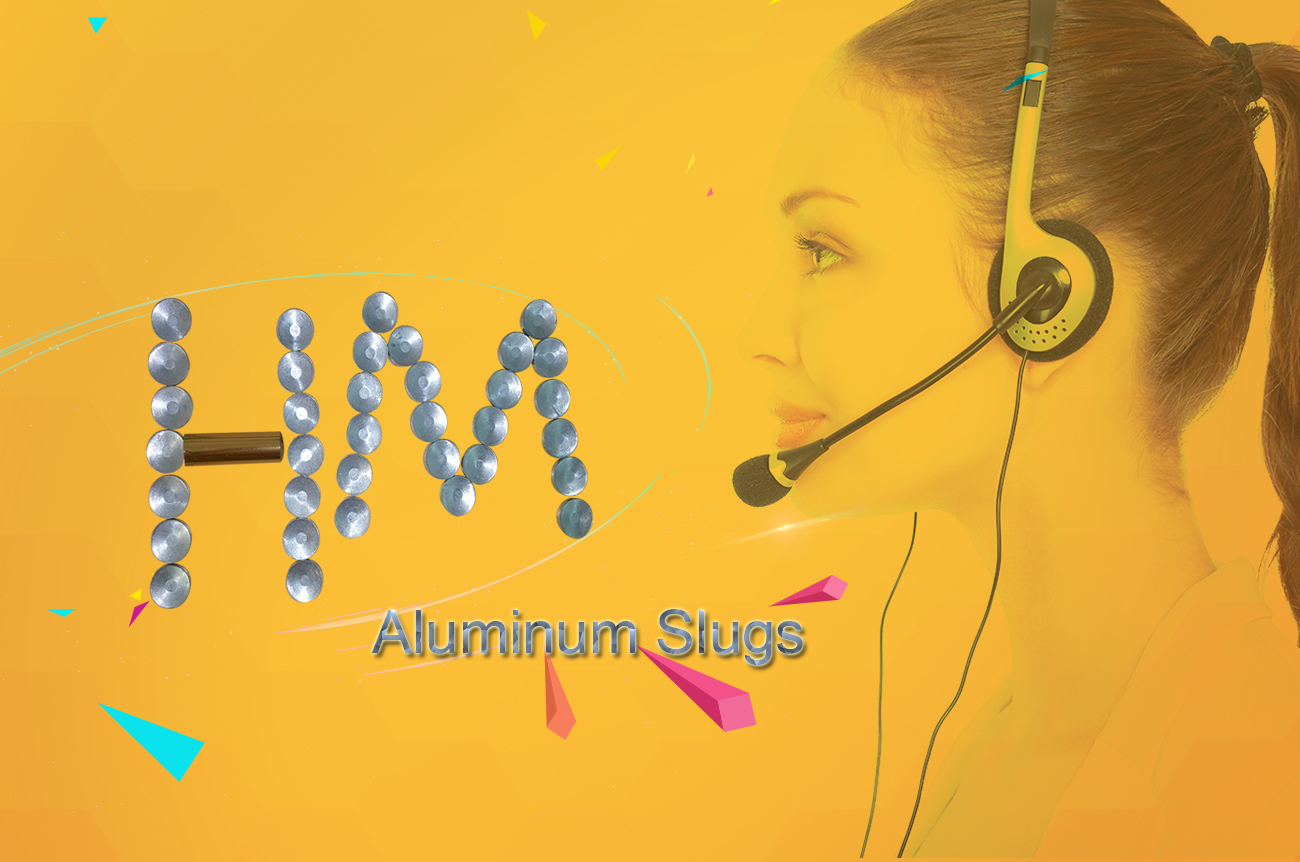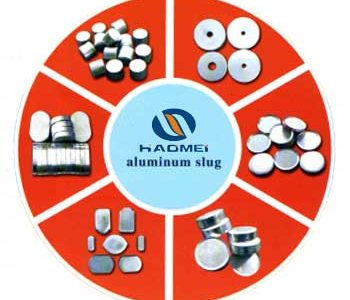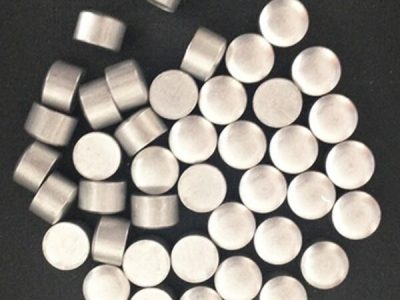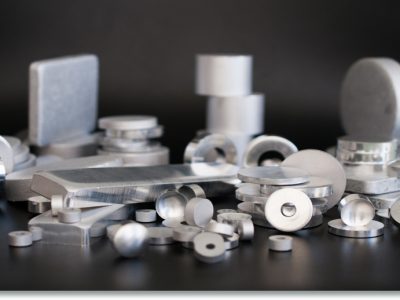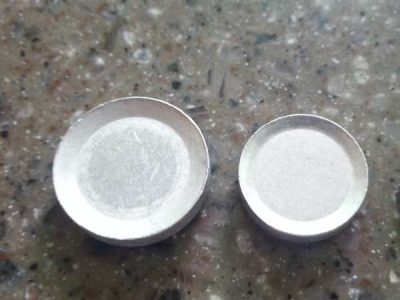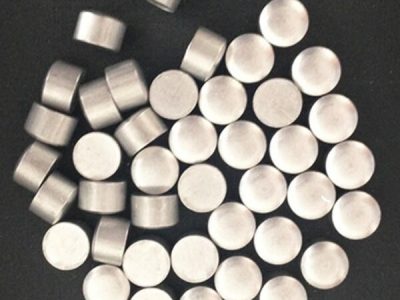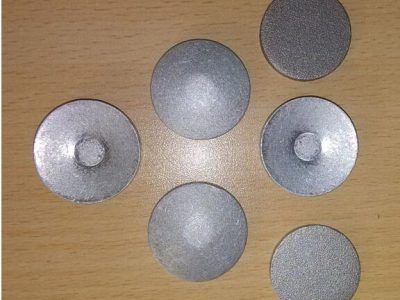Smelting
This process of production starts by loading furnaces with raw aluminum in from of aluminum lingot (alloy AA1070, purity 99,7%), which is supplied by local high-class aluminum producers. Once furnaces are loaded temperature is brought up in order to melt the metal; The melt is subject to treatment using salts from which the chlorine has bee removed, in order to produce a melt that is as low as possible in hydrogen and oxides. Stirring, dead-melting and slag removal is done afterwards. In the meanwhile, the furnace exit spouts and troughs temperature is set to receive the melt when it is ready for casting. By hydraulically tilting means the furnaces are emptied in a uniformly controlled manner. To ensure a consistent metal quality with low oxide levels, the molten aluminum is degassed, refined and filtered before it enters the casting wheel. All atmospheric emissions from the furnaces are within the environmental regulations due to the fact that we use only 99.7% pure aluminum.


